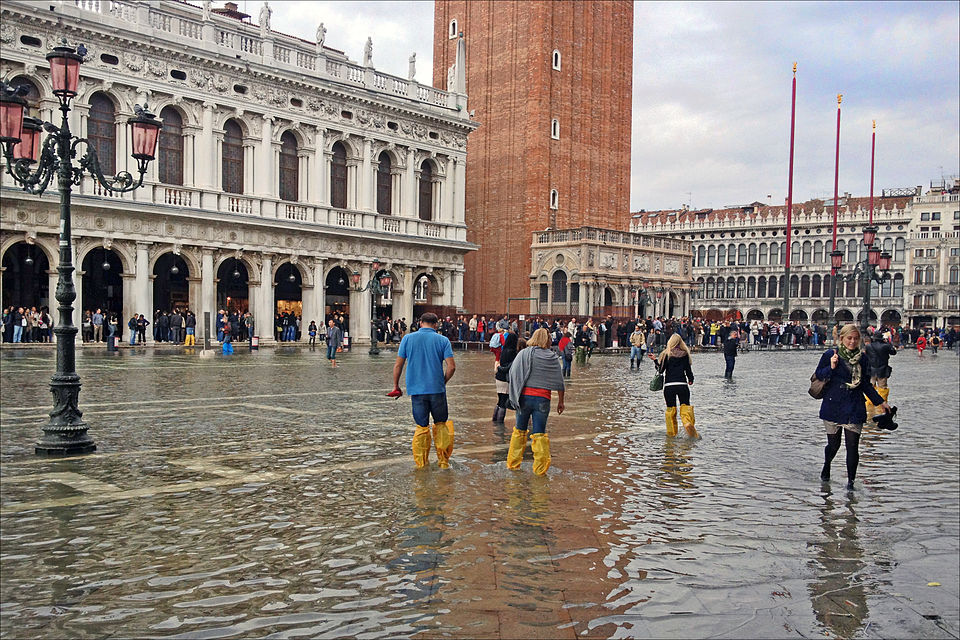
Venice is famous for floating — but it's also sinking. Over the past century, the city has dropped about 25 centimeters (nearly 10 inches), while sea levels have risen almost a foot since 1900.
The result: more frequent and severe flooding, threatening the very survival of this iconic city.
To tourists, Venice’s slow descent is part of its tragic charm — a place to see before it vanishes. But for locals, the city’s location, once a defensive asset, has become a growing burden. Rising tides, driven by climate change, now hit harder and more often. And the city continues to sink by about two millimeters each year due to natural subsidence.
But what if Venice could be lifted?
That’s the radical idea proposed by Pietro Teatini, a hydrology and hydraulic engineering expert at the University of Padua. While Italy currently spends millions on flood defenses like the MOSE barrier system, Teatini believes that injecting water into deep underground aquifers beneath the city could raise the land itself — potentially lifting Venice by 30 centimeters (almost 12 inches).
It sounds risky, but Teatini insists it's technically feasible and could buy the city 50 years of breathing room while a long-term solution is developed.
A long history of fighting water
Venice has always been a city of engineering — for centuries, rulers manipulated waterways to protect it. But mistakes have been made. In the mid-20th century, groundwater extraction from nearby industrial zones caused Venice to sink by nearly five inches in just two decades.
To protect against today’s high tides, the MOSE barrier system was installed in 2020. Rising from the seabed, it blocks exceptionally high water from entering the lagoon. Originally intended to be used only five times a year, the system has already been activated around 100 times in less than five years, highlighting how rapidly conditions are worsening.
However, each use of MOSE closes off the lagoon, disrupting maritime traffic and the natural tidal flushing that maintains the lagoon’s ecosystem. It's a temporary fix — not a sustainable one.
Lifting the city
That’s where Teatini’s concept comes in. Instead of pumping water out like in the past, he wants to carefully inject it deep underground — 600 to 1,000 meters beneath the city — to gently lift the ground level. This could give Venice two or three decades of added resilience against the sea.
“We have 50 years to come up with a much more drastic solution,” Teatini says. His idea isn’t meant to be permanent, but a crucial window of time to plan the next phase in Venice’s survival.
The clock is ticking — and Venice’s future may depend on thinking not just outside the box, but beneath it. Photo by Jean-Pierre Dalbéra from Paris, France, Wikimedia commons.









































